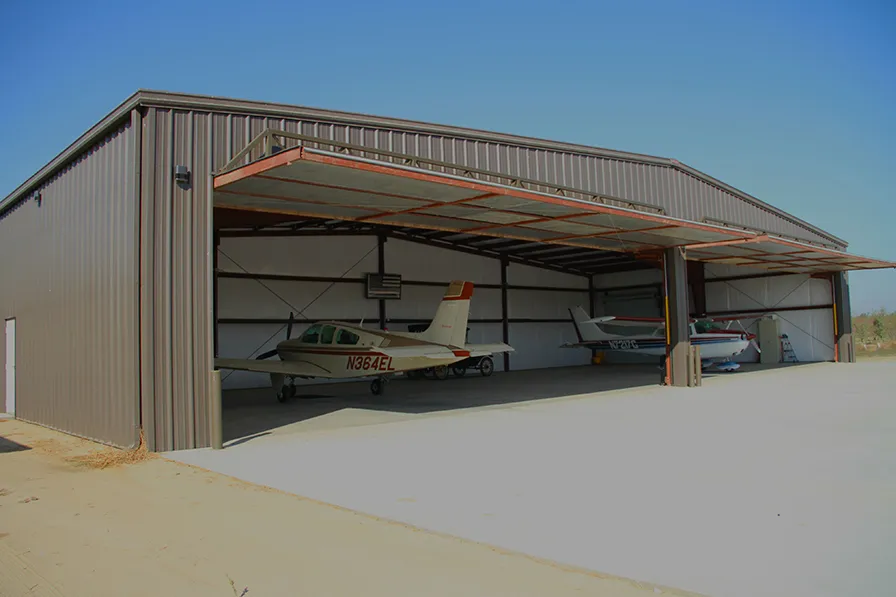- Afrikaans
- Albanian
- Amharic
- Arabic
- Armenian
- Azerbaijani
- Basque
- Belarusian
- Bengali
- Bosnian
- Bulgarian
- Catalan
- Cebuano
- Corsican
- Croatian
- Czech
- Danish
- Dutch
- English
- Esperanto
- Estonian
- Finnish
- French
- Frisian
- Galician
- Georgian
- German
- Greek
- Gujarati
- Haitian Creole
- hausa
- hawaiian
- Hebrew
- Hindi
- Miao
- Hungarian
- Icelandic
- igbo
- Indonesian
- irish
- Italian
- Japanese
- Javanese
- Kannada
- kazakh
- Khmer
- Rwandese
- Korean
- Kurdish
- Kyrgyz
- Lao
- Latin
- Latvian
- Lithuanian
- Luxembourgish
- Macedonian
- Malgashi
- Malay
- Malayalam
- Maltese
- Maori
- Marathi
- Mongolian
- Myanmar
- Nepali
- Norwegian
- Norwegian
- Occitan
- Pashto
- Persian
- Polish
- Portuguese
- Punjabi
- Romanian
- Russian
- Samoan
- Scottish Gaelic
- Serbian
- Sesotho
- Shona
- Sindhi
- Sinhala
- Slovak
- Slovenian
- Somali
- Spanish
- Sundanese
- Swahili
- Swedish
- Tagalog
- Tajik
- Tamil
- Tatar
- Telugu
- Thai
- Turkish
- Turkmen
- Ukrainian
- Urdu
- Uighur
- Uzbek
- Vietnamese
- Welsh
- Bantu
- Yiddish
- Yoruba
- Zulu
Oct . 10, 2024 13:58 Back to list
Understanding Steel Construction Costs
Steel has long been regarded as the backbone of modern construction, offering a blend of strength, durability, and versatility. However, the costs associated with steel construction can vary significantly based on numerous factors, making it essential for stakeholders in the construction industry to understand these variables.
Factors Affecting Steel Construction Costs
1. Material Prices The price of steel fluctuates based on market demand, supply chain conditions, and global economic influences. For instance, geopolitical tensions, tariffs, and trade policies can lead to price volatility. Construction companies must keep an eye on the market trends to forecast expenses and budget accordingly.
2. Design and Engineering The complexity of a project’s design affects its overall cost. Simple structures, like warehouses, usually require less material and labor compared to intricate designs such as skyscrapers or bridges. Advanced engineering solutions, while providing robust safety features and aesthetic appeal, can also lead to increased costs. Therefore, opting for an efficient design that minimizes unnecessary complexity can help control expenses.
3. Labor Costs Skilled labor is essential in steel construction. The availability of skilled workers affects labor costs, which can vary from one region to another. In areas with a high demand for construction workers, wages may be significantly higher. Additionally, the process of steel fabrication requires specialized knowledge and skills that add to the overall labor cost.
4. Fabrication and Transportation Steel components are often produced off-site and transported to the construction location. The distance from the fabrication facility to the site, transportation methods, and their associated costs can influence the overall budget. Efficient logistics can help in minimizing these costs, but unforeseen delays or damages during transportation can lead to escalated expenses.
5. Site Conditions The geographical and environmental conditions of the construction site can impact costs. Challenging terrains, urban settings, or locations prone to natural disasters might require additional precautions, which can increase excavation, foundation work, and site preparation costs.
6. Regulatory Compliance and Permits Local building codes and regulations can impose additional costs. Obtaining the necessary permits, adhering to zoning laws, and ensuring compliance with safety regulations can all add to the overall expenditure of a steel construction project.
steel construction cost

Strategies for Managing Steel Construction Costs
Given the various factors influencing steel construction costs, stakeholders can adopt several strategies to optimize their budgets
1. Detailed Planning and Budgeting Developing a comprehensive plan that outlines every aspect of the project helps in identifying potential cost overruns early. Regularly reviewing and adjusting the budget based on real-time data can prevent unexpected financial burdens.
2. Choosing the Right Steel Provider Partnering with reliable suppliers who can offer competitive pricing and timely delivery is crucial. Building long-term relationships with suppliers can also lead to better negotiation opportunities and bulk purchase discounts.
3. Embracing Technology Utilizing advanced software for design and project management can streamline various processes, reducing both material waste and labor hours. Innovations such as Building Information Modeling (BIM) allow for precise planning and coordination, further enhancing cost efficiency.
4. Sustainability Considerations Implementing sustainable practices not only contributes to environmental conservation but can also result in long-term savings. Using recycled steel and reducing waste can lower material costs, while energy-efficient designs can reduce operational costs for the building's lifecycle.
5. Regular Training for Workers Investing in the ongoing training and development of workers can enhance their skills and reduce the likelihood of costly mistakes. A well-trained workforce is more efficient, leading to time and cost savings in the long run.
Conclusion
Understanding the intricacies of steel construction costs is vital for successful project execution. By considering all influencing factors and implementing effective strategies, stakeholders can manage their budgets effectively while delivering quality constructions that stand the test of time. As the construction landscape continues to evolve, embracing innovation and sustainability will be key to maintaining cost efficiency and competitiveness in the steel construction sector.
-
How Do Prefabricated Steel Structures Transform Modern Construction?
NewsJul.14,2025
-
How Do Prefabricated Metal Buildings Redefine Modern Construction?
NewsJul.14,2025
-
How Do Prefab Insulated Metal Buildings and Steel Structures Revolutionize Modern Construction?
NewsJul.14,2025
-
How Do Pre - Engineered Steel Structures Redefine Modern Construction?
NewsJul.14,2025
-
Advancing Modular Construction with Prefabricated Metal Structures
NewsJul.14,2025
-
Advancing Industrial Infrastructure with Prefabricated Steel Solutions
NewsJul.14,2025
Products categories
Our Latest News
We have a professional design team and an excellent production and construction team.












